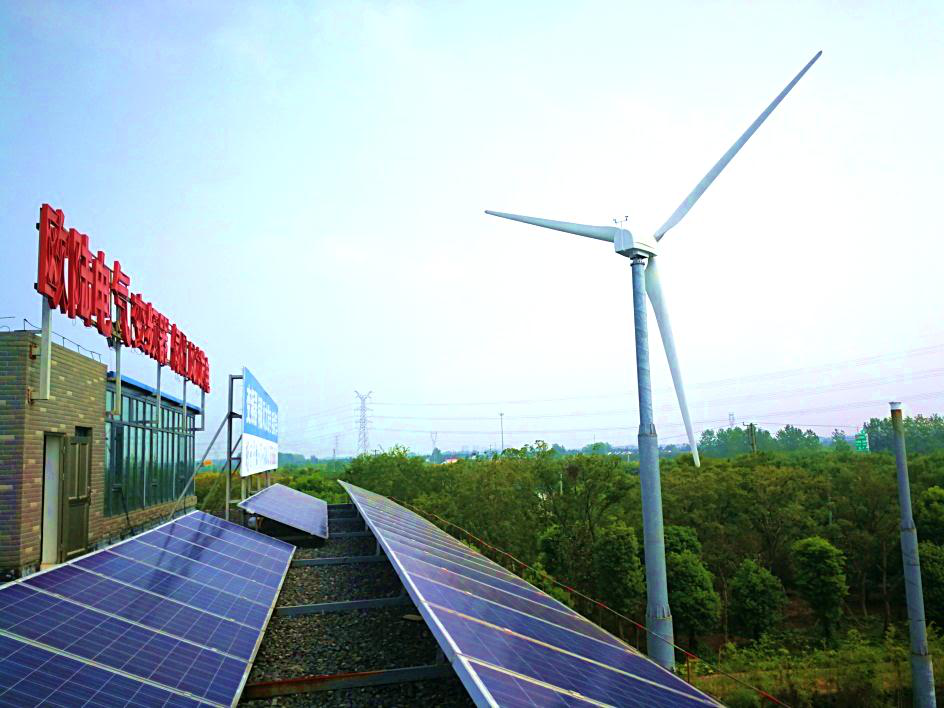Key Considerations for Selecting Small Wind Turbines
Small wind turbines (≤10kW) have key advantages over medium and large turbines: compact size, easy installation, low cost, low cut-in wind speed requirements, high cost performance, and compatibility with solar PV hybrid systems.

Small wind turbines are not only a choice for farmers and herders but also for urban construction, city residents, and enterprises/institutions seeking energy-saving upgrades.
Beyond wind resources, power consumption, inverters, batteries, and installation methods, selecting the right small wind turbine is crucial.
Here are some recommendations for your reference:
Blades: High-strength nylon composite material is recommended—durable, flexible, UV-resistant, corrosion-proof, and capable of withstanding strong winds. It should have excellent aerodynamic performance and unique stall protection features. One-time mold casting ensures minimal weight variance.
Bearings: Imported or top domestic brands (e.g., Japan’s NSK bearings) are preferred for high efficiency, wear resistance, and a lifespan of up to 20 years.
Magnets: Rare-earth neodymium iron boron (NdFeB) permanent magnets are ideal—high efficiency, lightweight, low energy loss, and high power output.
Strong Wind Tail Design: A pre-deflected tail rudder design is recommended for automatic wind alignment, maximizing power output while providing adjustment and storm protection.
Brush & Slip Ring Structure: This setup transfers electricity from the brushes to the slip rings, which then channel the current outward. The rotating mechanism prevents cable twisting and breakage.
Connection Method: Sleeve connections are advised for safety (preventing overspeed) and ease of installation. Simplified setup is a major advantage, especially for field installations that require both skill and physical effort.